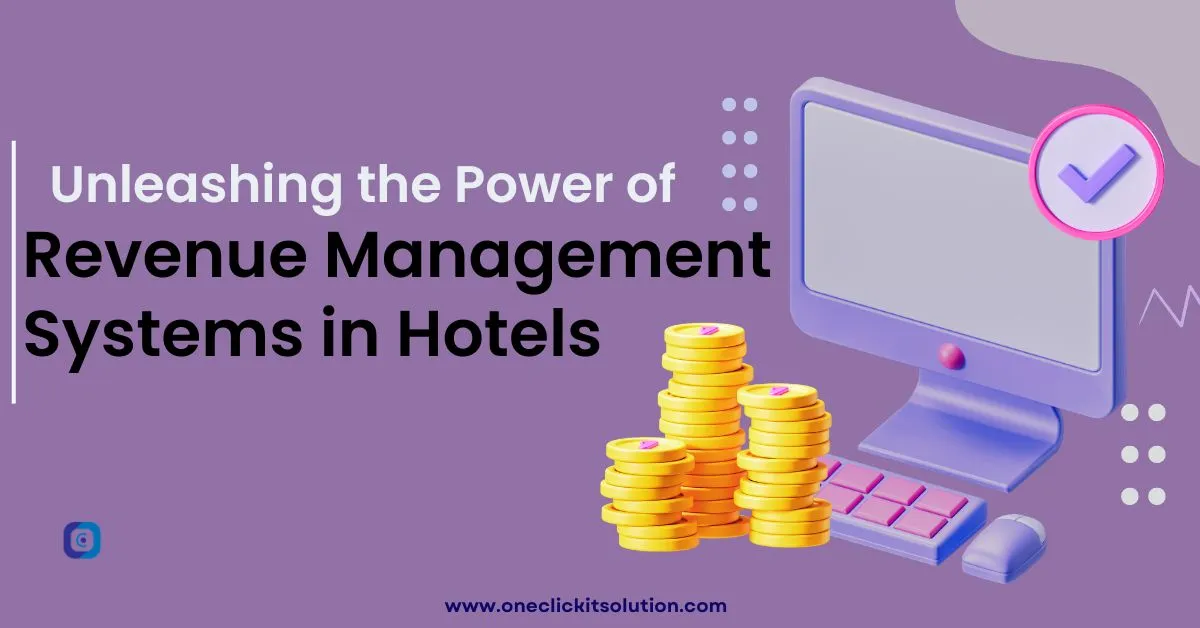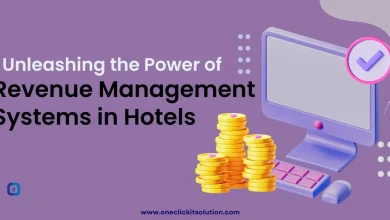Introduction to Revenue Management in Hospitality

Do you know what Revenue Management in Hospitality is or why it’s essential for you? A revenue management system aims to set prices strategically to attract customers & maximize profit. It examines factors including occupancy rate, various patterns in demand, and market trends. Interesting, right? Continue reading to learn more!
The Importance of Revenue Management in Hospitality Industry
1. Revenue management in hospitality helps hotels improve profitability
2. It enhances data-driven decisions
3. revenue management in hospitality allows for accurate forecasting of demand
4. It improves guest experiences
5. revenue management in the hospitality industry helps hotels stay ahead of the competitive market
Benefits of Revenue Management in the Hospitality Industry
1. Less Costly Errors
When smaller hotels make pricing errors, it impacts the average daily rate and revenue per available Room. Revenue management is thus crucial for accurate pricing.
2. Maximizing Revenue Per Room
Technology-driven data analysis helps identify target markets and timing, allowing hotels to analyze the most valuable demand and make informed decisions about group rates and long-stay discounts.
3. Better Competitor Analysis
Hotel business intelligence tools provide real-time overviews of competitors’ rate activities, enabling a focused analysis of the reasons behind their adjustments and how to respond appropriately.
4. Creating the Impression of a Larger Operation
Hotels can use affordable pricing intelligence tools as an alternative to analyzing market conditions and demand in real-time, calculating optimal room rates, and providing smaller hotels with resources to compete with larger groups.
5. Increased Proactivity
Instead of blindly following competitors, hotels can make their own projections and set intelligent rates based on a better understanding of demand and trends.
6. Enhanced Guest Understanding
An RMS provides insights into customer behavior, helping hotels attract more bookings.
7. Centralized Data Storage
Rather than manually gathering and analyzing data from various sources, an RMS collates information from multiple competitors in one place, streamlining the analysis process.
Ideas for Hotel Revenue Management
For any connection of management records, every hotel needs a specific hotel API integration. Are you wondering about the ultimate guide to hotel API integration? This guide with help you understand all the scenarios of hotel API integration for revenue management. But, what can be the ideas of revenue management? Let’s understand:
1. Develop Systems
Hotels need to implement robust systems that go beyond relying solely on skilled revenue managers. These systems should leverage technology to monitor economic conditions, industry trends, and the hotel’s historical performance.
2. Project the Future
Successful revenue management requires strategic pricing for future reservations. Instead of setting arbitrary rates, hotels should use historical data and industry insights to set initial strategic prices.
3. Monitor Your Competition
Competitive analysis is crucial for effective revenue management. Hotels must differentiate themselves to attract new business and retain existing customers.
4. Continuously Improve
Effective revenue management requires constant monitoring and evaluation of current practices. Hotels should establish metrics and evaluation processes to analyze collected data on room prices, sales ratios, and historical performance.
Revolutionize Your Hotel’s Revenue with OneClick’s Revenue Management in Hospitality Industry
Having read everything from the definition of revenue management in the hospitality industry, the importance of revenue management in the hospitality industry down to the ideas of hotel revenue management, you now understand that revenue management is important.
The revenue management system in the hospitality industry helps hotels of all sizes maximize their profit and stay competitive. For all things related to revenue management in hospitality, employ OneClick IT Consultancy services like hotel extranet services or property management system! Transform your revenue management challenges into opportunities for growth. Take the first step today.


